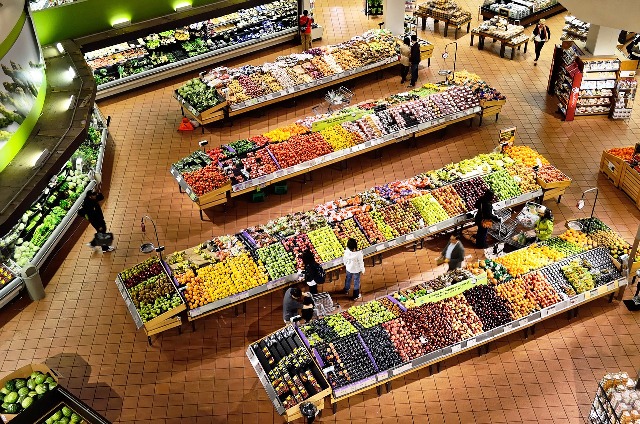Food wastage and the Sustainable Development Goals
Related Articles
Akshay Kumar Provides Health and Accident Coverage to 650 Stunt Workers
Bollywood actor Akshay Kumar has taken a strong stand for the welfare of stunt performers by offering health and accident insurance to more than...
R|Elan Circular Design Challenge (RCDC) – India’s Biggest Sustainability Award – Announces Winners and Finalists Across the UK, EU, APAC and India
The R|Elan Circular Design Challenge (RCDC) 2025 proudly announces its global cohort of finalists, following an intensive round of regional jury meets held across...
India Reaches 50% Non-Fossil Fuel Power Capacity, Ahead of 2030 Goal
India has reached an important milestone in its clean energy journey, achieving 50 percent of its total installed power capacity from non-fossil fuel sources....


